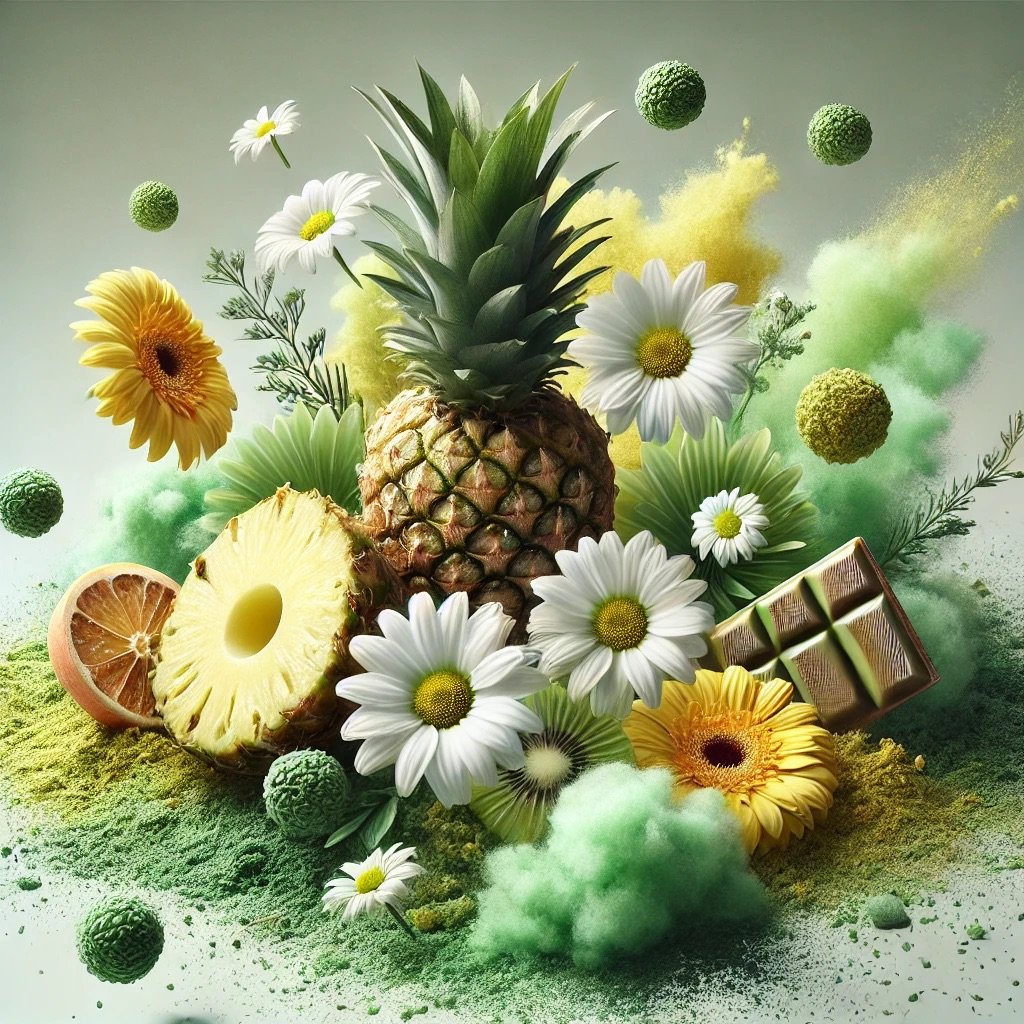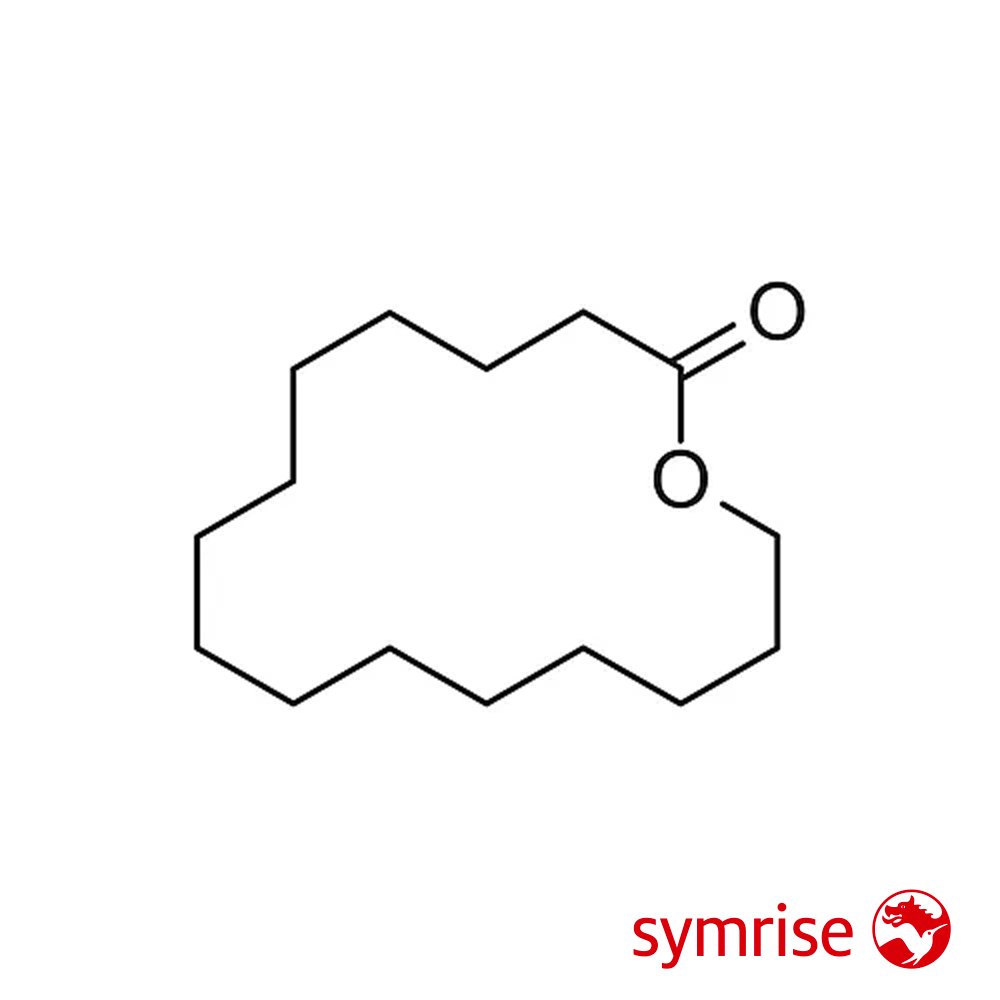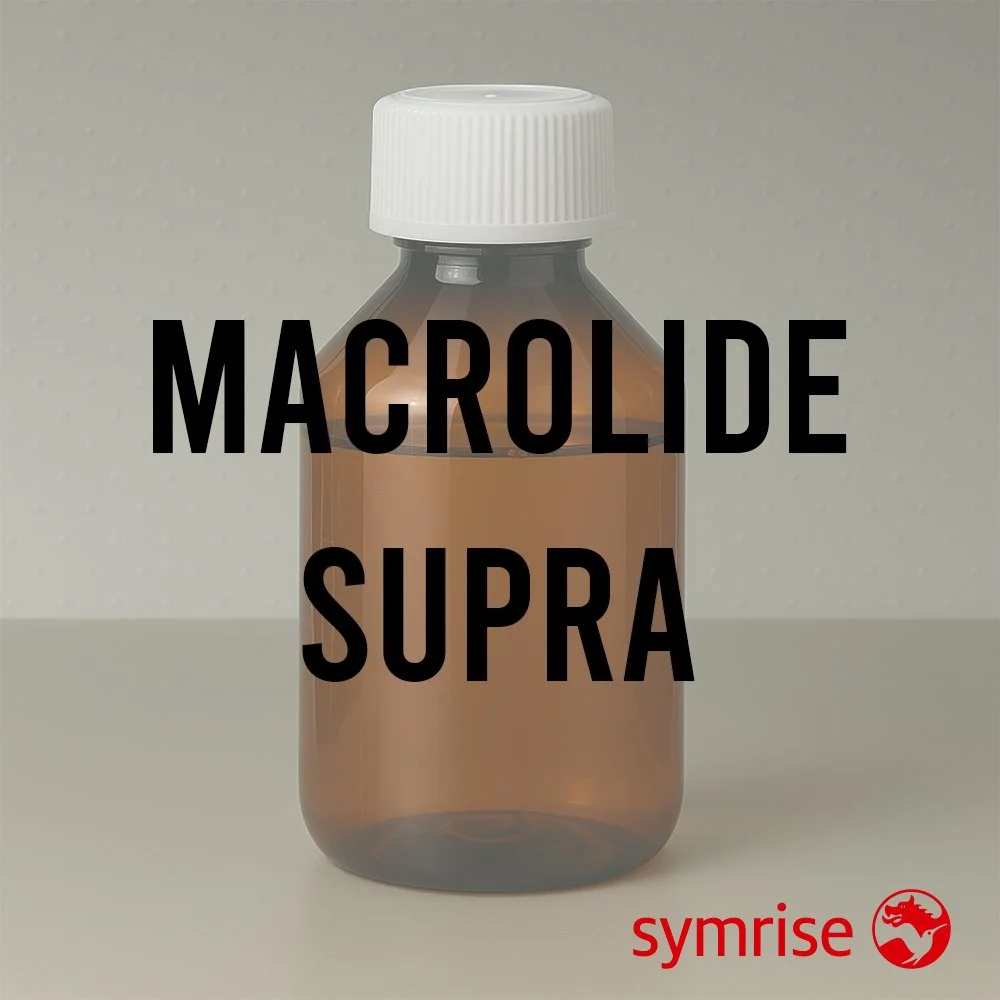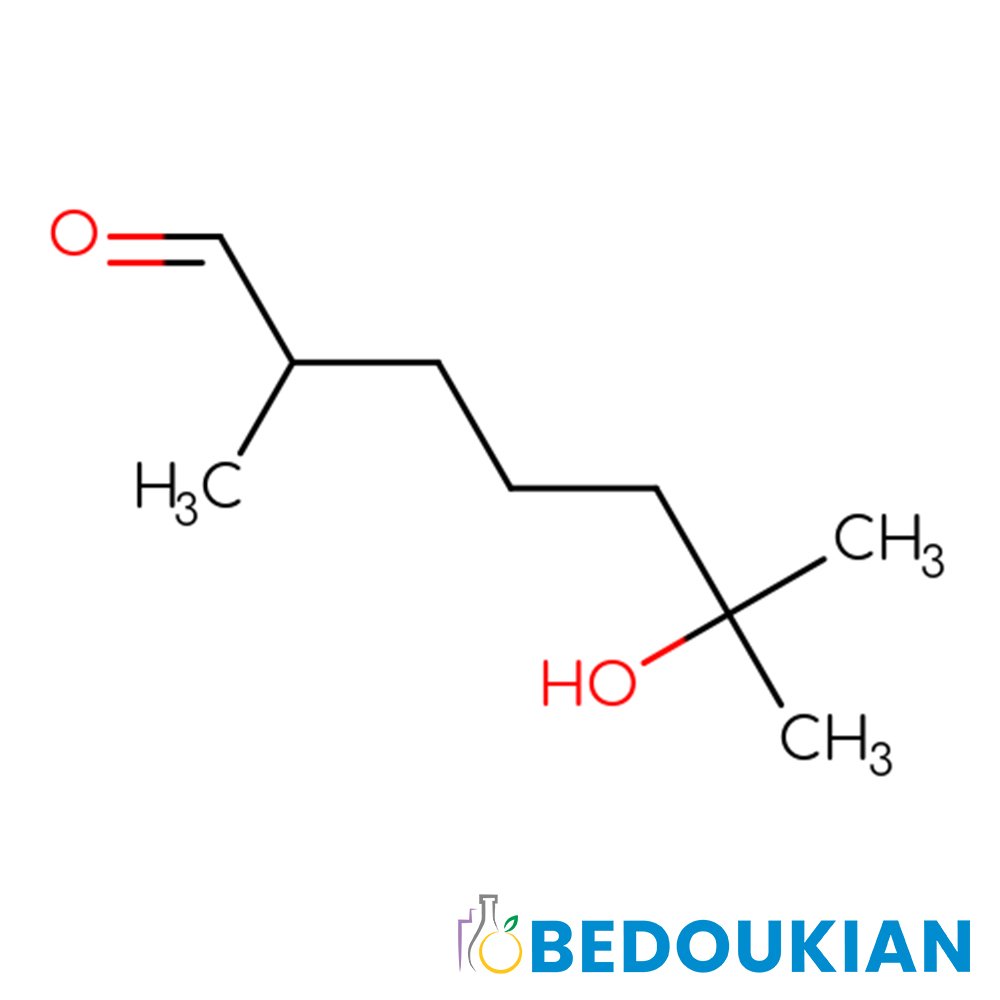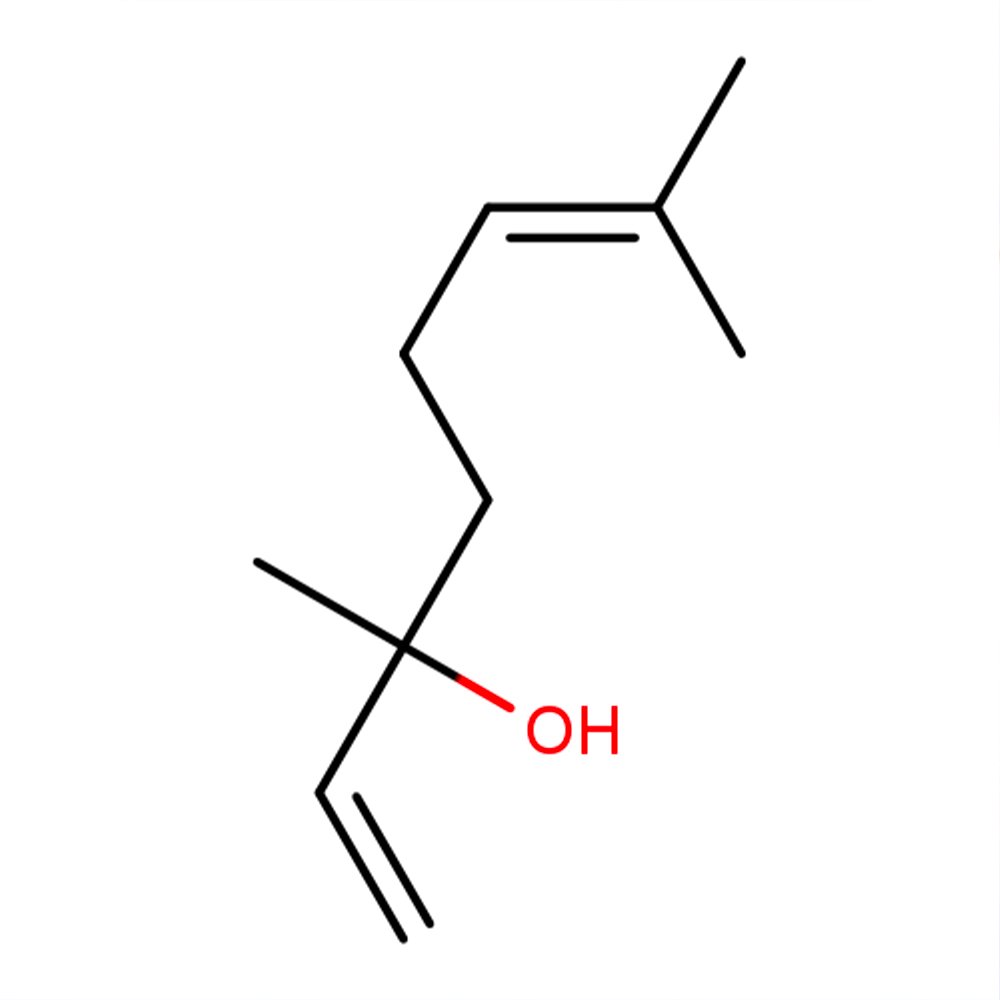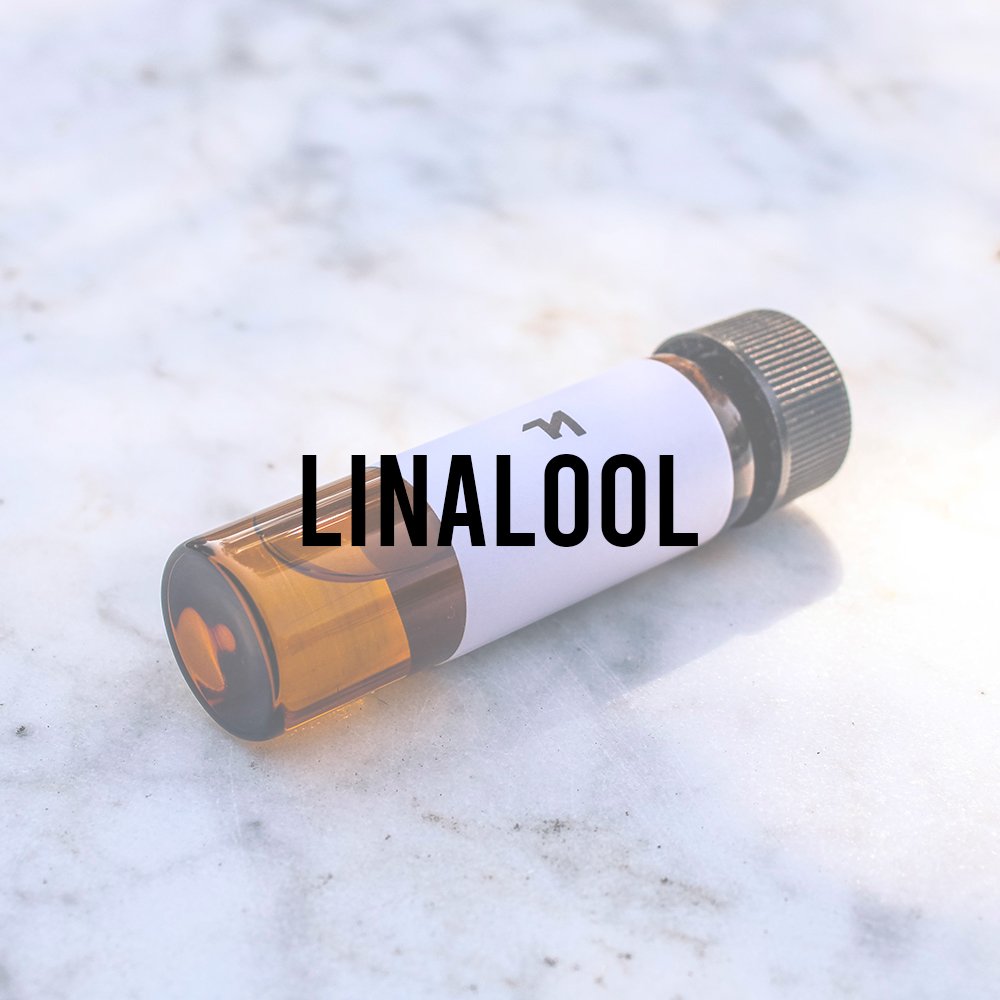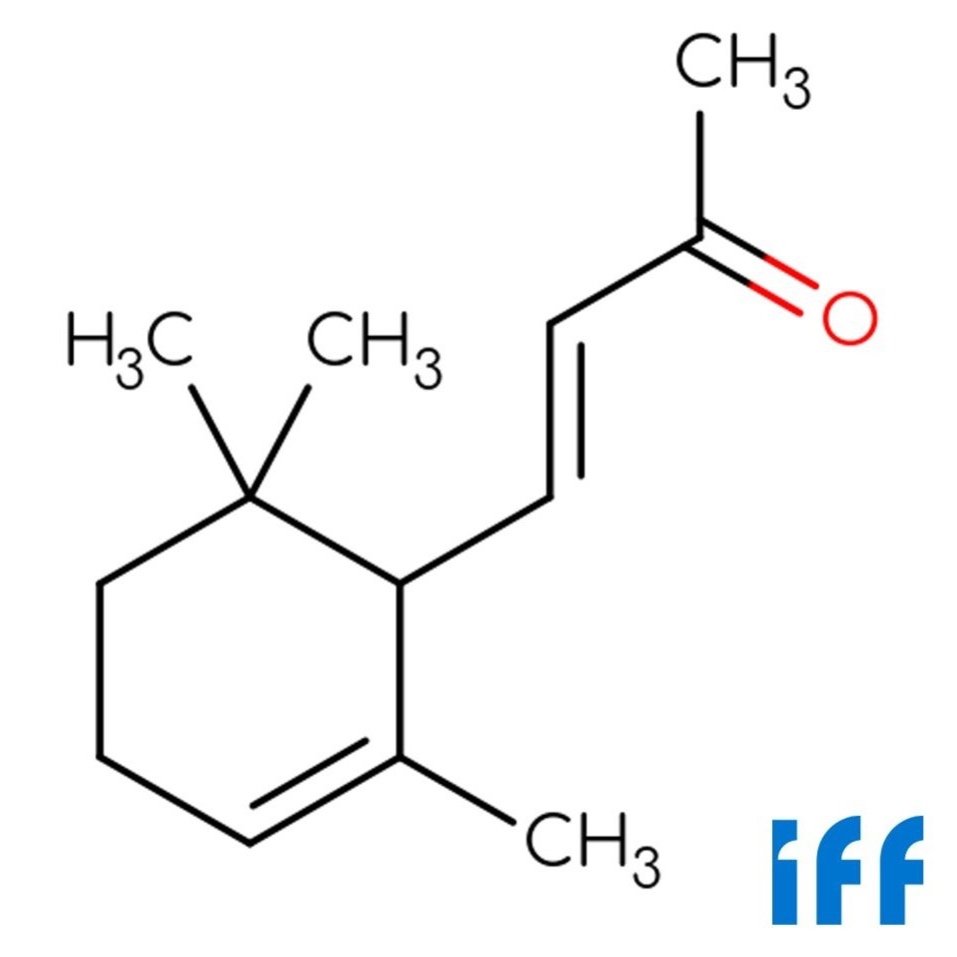Synthetic Ingredient Overview
🏭 Manufacturer: Various
🔎 Chemical Name: 5-Butyloxolan-2-one
🧪 Synonyms: γ-Undecalactone, Aldehyde C-14
🧬 Chemical Formula: C₁₁H₂₀O₂
📂 CAS N°: 104-67-6
📘 FEMA: 3091
⚖️ MW: 184.27 g/mol
📝 Odor Type: Fruity, Lactonic
📈 Odor Strength: Medium, ~330 hours on strip
👃🏼 Odor Profile: Creamy, coconut, nutty peach, fatty, lactonic, ketonic
👅 Flavor Profile: Vanilla, macadamia, coconut, root beer, peach, butterscotch
⚗️ Uses: Floral-fruity modifier, lactonic fixative, peach/apricot aroma contributor
🧴 Appearance: Pale yellow to colorless, slightly viscous liquid
What is Undecalactone Gamma?
Undecalactone Gamma is a synthetic γ-lactone derived from an 11-carbon backbone, historically developed to replicate the rich, fruity nuances of peach. Structurally unrelated to aldehydes, the term “Aldehyde C-14” is a misnomer rooted in perfumery tradition. First synthesized in 1908 by Jukov and Schestakow, it gained industry attention in the early 20th century, notably in violet and floral blends, and was famously employed in Mitsouko and creations by Caron and Poiret.
Commercially, it is produced via acid-catalyzed lactonization of undecylenic acid, though other methods exist. It has minimal water solubility but is readily soluble in alcohol and oils.
Olfactory Profile & Perfumery Applications
Undecalactone Gamma delivers a lush, creamy peach aroma with soft nutty and tropical undertones. It is extremely tenacious and influential even in very low concentrations. Overuse (>0.2%) can easily overload a blend due to its oily intensity, yet under proper dosing, it greatly enhances diffusion, sweetness, and realism.
Common fragrance uses:
Gardenia and Tuberose accords (blends well with Nonalactone)
Orange Blossom rebalancing (rounds off harsh edges)
Lilac and Honeysuckle bases (adds lactonic body)
Chypre and Oriental blends (provides fruity warmth and subtle gourmand tone)
Recommended usage: Trace to <1% in concentrate; note that 0.1–0.2% can be either transformative or overwhelming, depending on context.
Industrial & Technical Uses
Flavor Applications: Used in peach, apricot, pear, coconut, and tropical flavors. Also seen in grenadine, maple, butterscotch, and date profiles.
Flavor Concentrations: 3–12 ppm typical; up to 100 ppm in chewing gum
Performance Enhancer: Fixates volatile esters; needs pairing with heavy materials (e.g., vanillin, ethyl maltol) for stability at high dosages
Beyond perfumery and flavor, Undecalactone Gamma may contribute to fragrance compositions in personal care, home fragrance, and functional products due to its solvent compatibility and aromatic strength.
Regulatory & Safety Overview
IFRA Restrictions: None currently
EU Allergen Declaration: Not listed among declarable fragrance allergens
FEMA GRAS: 3091 – GRAS for limited use in food flavors
ECHA Classification: No acute toxicity at standard use levels
REACH Registration: Compliant for synthetic use
Phototoxicity/Sensitization: Low risk under standard concentration
Always verify current SDS and regional regulations for applications in leave-on cosmetics.
Additional Information
Historical Note:
The widespread adoption of Undecalactone Gamma during the 1950s was partly due to the success of lactonic-musk-heavy perfumes combined with new synthetic musks. Although many tried to recreate the olfactory impact, few surpassed the original fragrances that employed it skillfully. Despite the confusion surrounding its name, chemists confirmed no natural peach contains this exact lactone—only analogs with 6–12 carbon atoms were found in peach juice and pulp.
Production Methods Include:
Lactonization of undecylenic acid
Octanol + methyl acrylate route (peroxide catalysis)
Heptyl ethylene oxide + malonic ester route
Functional Benefits:
Fixative role in volatile fruity compositions
Adds roundness, texture, and warmth to light florals
Versatile and effective in both classic and modern constructions
Sources
The Chemistry of Fragrances, D.H. Pybus & C. Sell
Perfume and Flavor Chemicals, S. Arctander
Fulvio Ciccolo Archives
National Center for Biotechnology Information (PubChem CID 7714)
FEMA GRAS Database




